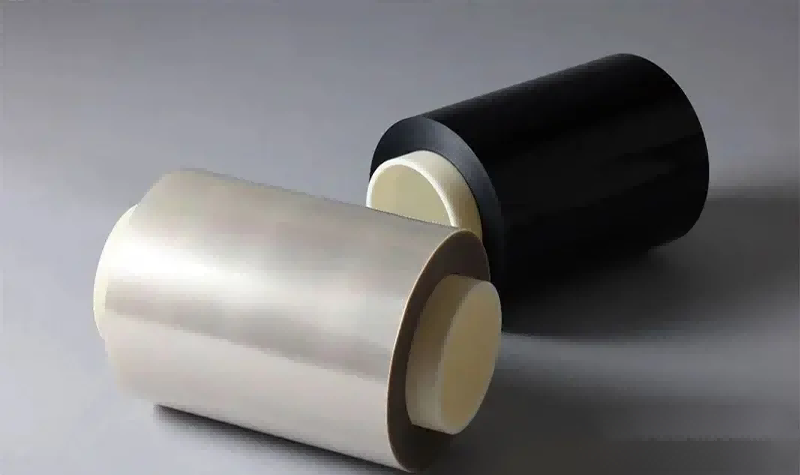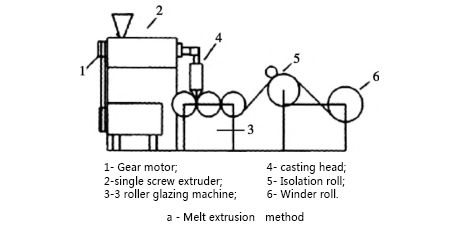- English
- Español
- Português
- русский
- Français
- 日本語
- Deutsch
- tiếng Việt
- Italiano
- Nederlands
- ภาษาไทย
- Polski
- 한국어
- Svenska
- magyar
- Malay
- বাংলা ভাষার
- Dansk
- Suomi
- हिन्दी
- Pilipino
- Türkçe
- Gaeilge
- العربية
- Indonesia
- Norsk
- تمل
- český
- ελληνικά
- український
- Javanese
- فارسی
- தமிழ்
- తెలుగు
- नेपाली
- Burmese
- български
- ລາວ
- Latine
- Қазақша
- Euskal
- Azərbaycan
- Slovenský jazyk
- Македонски
- Lietuvos
- Eesti Keel
- Română
- Slovenski
- मराठी
- Srpski језик
Proton exchange membrane (PEM) production process
2024-03-01
Proton exchange membrane fuel cells (PEMFC) can be said to be the "reverse" device of water electrolyzer. Water electrolysis uses an external power source to electrolyze water to produce hydrogen and oxygen; fuel cells are a process in which hydrogen and oxygen react electrochemically to produce water and generate electricity at the same time. PEMFC has two poles, hydrogen electrode and oxygen electrode, in which the proton exchange membrane serves as the electrolyte.

Picture Proton exchange membrane Source: Gore
Therefore, proton exchange membrane (PEM) is one of the core basic materials of proton exchange membrane fuel cell (PEMFC), and its performance determines the performance and service life of the battery. In order to achieve efficient and stable operation of hydrogen fuel cell, the proton exchange membrane is required to have high proton conductivity, good thermal and chemical stability, high mechanical strength and durability.

Picture how the proton exchange membrane works
The production process of proton exchange membrane directly affects the performance of the membrane. At present, there are two main production processes: melting process and solution process.
First, melt membrane forming method
Melt membrane forming method, also called melt extrusion method, is the first method used to prepare PFSA proton exchange membrane. The preparation process is to melt the resin through extrusion casting or rolling into a membrane, after the transformation treatment to get the final product. The melt extrusion process was first commercially produced by DuPont, and Solvay's Aquivion family of products uses a similar process using short side chain perfluorosulfonic acid (PFSA) as a raw material.
The membrane prepared by this method has uniform thickness, good performance and high production efficiency, which is suitable for mass production of thick membrane, and the production process does not need to use solvent and is environmentally friendly.
The disadvantage is that, on the one hand, due to the characteristics of the process, the melt extrusion method cannot be used to produce membranes and cannot effectively solve the problem of the cost of PFSA proton membrane; on the other hand, the membrane made by extrusion molding needs to undergo hydrolysis transformation to get the final product, and it is difficult to maintain the smooth membrane in this process. In view of the above problems can not be fundamentally solved, the research and application of melting method in the field of proton exchange membrane show a declining trend.

Second, solution membrane forming method
Solution membrane forming method is the mainstream method used in scientific research and commercial products. It is roughly prepared as follows: the polymer and modifier are dissolved in the solvent after casting or casting, and finally after drying to remove the solvent to form a membrane. Solution membrane forming method is suitable for most resin systems, easy to achieve hybrid modification and microstructure design, and can also be used to prepare ultra-thin membranes, so it has attracted much attention.
Solution membrane forming method can be further subdivided into solution casting method, solution casting method and sol-gel method according to the difference of the latter process.

1. Solution casting method
Solution casting method is to cast the polymer solution directly in the flat mold, and make the solvent volatilize to form a membrane at a certain temperature. This method is simple and easy to use, and is mainly used for laboratory basic research and pre-commercial formulation and process optimization.
2. Solution diffusion method
Solution casting method is an extension of solution casting method, which can be used for large-scale continuous production, so the current commercial products (mainly PFSA proton exchange membranes) mostly use solution casting method.
Solution casting method can achieve continuous production through roll-to-roll process, mainly including resin dissolution transformation, solution casting, dry membrane formation and other processes, compared with melt extrusion method, its process is longer, more complex, solvent needs to be recovered, but the advantage is that the product performance is better and the membrane thickness is thinner.
The main production companies are: the United States Gore GOre-SELECT series membrane, DuPont second/third generation Nafion membrane, Asahi Kasei Acflex membrane, Asahi Glass Flemion membrane, Dongyue Group, etc.
3. Sol-gel method
Sol-gel method is usually used to prepare organic-inorganic composite membranes. Sol-gel process is used to achieve uniform dispersion of inorganic fillers in polymer matrix.
The simple preparation process is as follows: the pre-prepared polymer homogeneous membrane is swollen and soaked in a small molecule solvent dissolved with alkols (Si, Ti, Zr, etc.), and the inorganic oxide is in-situ doped into the membrane through the sol-gel process to obtain the composite membrane. The performance of the organic-inorganic composite membrane made in this way is generally better than that of the direct solution blending membrane, and the hydrogen fuel cell made of this membrane can still maintain a stable operation at 130℃ high temperature, but it cannot achieve large-scale continuous production of the membrane.





